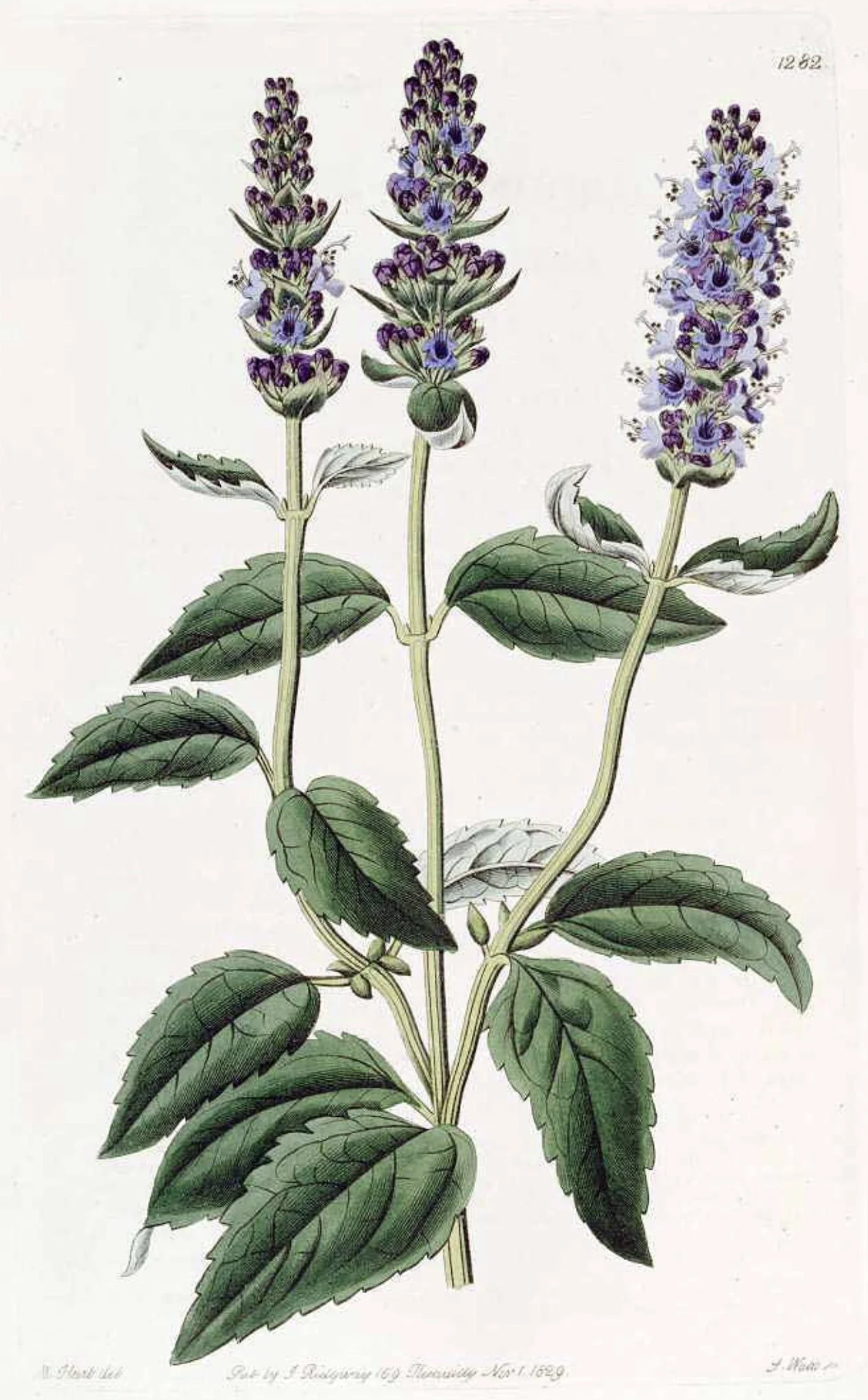Agastache foeniculum
Agastache foeniculum
AGASTACHE FOENICULUM
Agastache foeniculum
ORGANIC
Commonly known as Anise Hyssop, but this name has been applied to several species of Agastache, to the point that sourcing true A. foeniculum has become a chore. Which is absurd, in a way, because it is a native species in North America. Additionally, this species has little in common with anise or hyssop. The essential oil contains virtually no anethole, and has only minor chemical constituents in common with Hyssop officinalis. The flowers, however, are very similar to those of Hyssop, and are likewise very attractive to pollinators.
A. foeniculum was an important culinary, medicinal, and ceremonial herb in several diverse First Nation tribes. Even after trading began with European settlers, natives added leaves of A. foeniculum to the colonists' black tea (Camellia sinensis) to sweeten it. As should we all.
Cheyenne, Cree, Lakota, Omaha, Pawnee and Winnebago are among the tribes that are documented to have brewed this herb into a hot tea to be drunk for pleasure. Both leaves and roots were prepared using cold infusion for medicinal application, specifically in the treatment of pulmonary and respiratory dysfunction. Leaves were used in steam baths as a diaphoretic.
In the contemporary kitchen you will find that both leaves and flowers of this species have many culinary uses. Young leaves are an interesting addition to fruit salads and summer rolls. The tiny flowers are filled with sweet nectar and are a fantastic alternative to sprinkles on sweet confections. Tea may be made from fresh or dried leaves.
These plants are easy to grow, requiring only full sun and well-drained soil. Plants in bloom may grow to just over 2'. Frequent harvests will produce continued bloom on beautiful bushy plants. Started indoors in early spring, they will flower in the first year. The flowers attract all manner of pollinating insects. This species is appropriate to plant en masse in naturalistic North American native landscapes.
Start these seeds indoors in very early spring. Press seeds into moist soil and mist generously. Cover with plastic to maintain moisture and temperature. Kept at warm room temperature in bright light, seeds will usually germinate within a week or so. Prick out once seedlings have true leaves to grow on in individual 3" containers or 2” cells at room temperature in bright light. Avoid overwatering. Transplant into the garden in full sun once all danger of frost has passed.
Extremely hardy, to zone 3 at least.
Will self-sow where it is happy.
Packet contains around 100 seeds.
